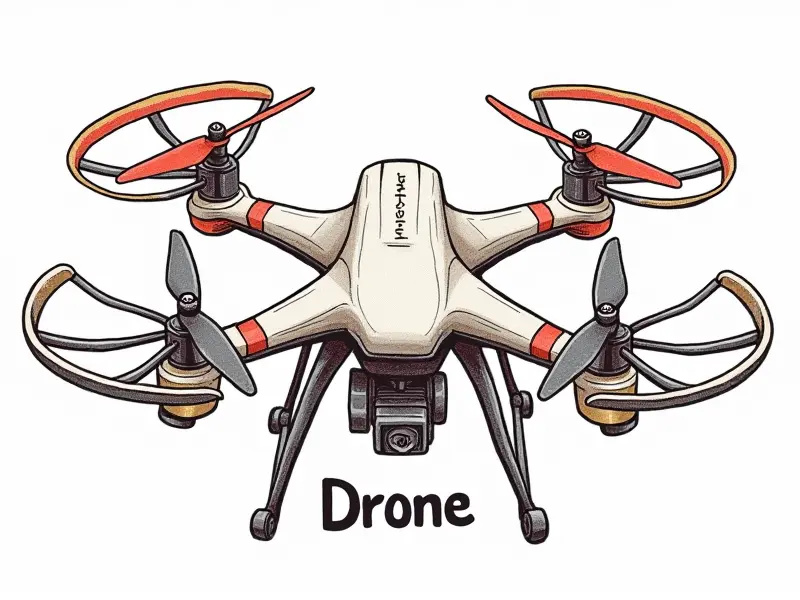Can RC airplanes get wet?

Is It Safe to Fly RC Planes in Wet Conditions?
Flying remote control (RC) airplanes in wet conditions is a common concern among hobbyists. While some models are designed with water resistance, others may suffer from moisture damage if exposed to rain or humidity. This article explores the safety and risks associated with flying RC planes in various weather conditions.
Can RC Airplanes Handle Rain?
The ability of an RC airplane to handle rain depends largely on its design and construction materials. Many modern RC aircraft are equipped with some level of water resistance, but this does not mean they can withstand prolonged exposure to heavy rainfall or wet environments without damage.
How Waterproof Are RC Airplanes Really?
The waterproofing capabilities of RC airplanes vary significantly from model to model. Some high-end models feature sealed electronics and moisture-resistant materials, while budget-friendly options may lack these features entirely. Understanding the specific waterproof rating of your aircraft is crucial before attempting flight in wet conditions.
Flying RC Planes in the Rain: Risks Explained
Several risks are associated with flying RC planes during rain or other wet weather conditions:
- Electrical Malfunction: Moisture can cause short circuits, damaging sensitive electronic components.
- Motor Failure: Water ingress into the motor can lead to overheating and permanent damage.
- Weight Increase: Wet surfaces increase the weight of the aircraft, affecting its performance and maneuverability.
Effects of Moisture on RC Aircraft Performance
The presence of moisture in an RC airplane can have several detrimental effects on its performance:
- Reduced Lift: Wet wings reduce the aerodynamic lift, making takeoff and landing more challenging.
- Increased Drag: Water droplets on the surface of the aircraft increase drag, reducing speed and efficiency.
Should You Avoid Wet Conditions for RC Flights?
While flying in wet conditions is possible with certain precautions, it's generally advisable to avoid such environments unless your model is specifically designed for water resistance. The risks of damage outweigh the benefits for most standard RC planes.
Protecting Your RC Plane from Water Damage
To safeguard your RC plane against moisture-related issues:
- Cover Electronics: Use waterproof tape or silicone sealant to protect sensitive components.
- Use Weatherproof Models: Opt for aircraft designed with water-resistant features and materials.
Can You Land an RC Plane in a Puddle?
Landing an RC plane in a puddle poses several risks:
- Damage from Impact: The impact of landing on water can cause structural damage.
- Mud and Debris: Puddles often contain mud or debris that can clog the propeller or other components.
What Happens When an RC Plane Gets Wet?
If your RC plane gets wet, immediate action is necessary to prevent further damage:
- Dry Electronics: Remove batteries and dry all electronic components thoroughly.
- Clean Surfaces: Wipe down the exterior of the aircraft with a soft cloth to remove moisture.
Risks of Flying RC Airplanes in the Rain
Flying RC planes in the rain exposes them to several risks, including electrical failures, motor damage, and reduced performance. These issues can lead to costly repairs or even render your aircraft unusable if not addressed promptly.
Do RC Planes Tolerate Light Rain?
Some RC airplanes are designed to tolerate light rain without significant risk of damage. However, it's essential to understand the specific capabilities and limitations of your model before attempting flight in such conditions.

